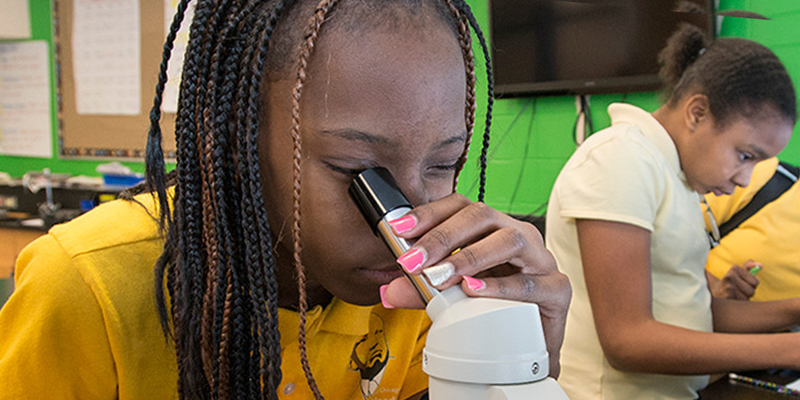Energy & Environment Lab Lowering Lead Exposure
Illinois has one of the highest rates of lead poisoning in the country. Lead exposure is associated with lifelong negative impacts including decreased lifetime earnings and educational attainment, with even small amounts of lead causing lasting damage. Small children are particularly vulnerable both to exposure and developmental damages, and those in low-income and minority households are exposed at disproportionately high rates. Because lead is slow to be cleared from the body and accumulates over time, early detection and intervention is critical.
Illinois’ existing targeted screening model requires that high-risk children – those who live in a disadvantaged area or in old housing – are screened for lead exposure. In response to growing concerns that this targeted approach might miss some children who have been exposed to lead, the Energy & Environment Lab partnered with the Illinois Department of Public Health to analyze the costs and benefits of switching to a universal screening model versus updating the existing targeting system.
We developed a machine learning model of lead exposure in Chicago, which found that 90% of children predicted to have dangerously elevated blood lead levels are born in only 26% of the state’s zip codes. This work was instrumental in the Illinois Department of Public Health’s decision to not move forward with a universal screening policy throughout the state, and to instead focus resources on improving screening rates in high-risk areas.





